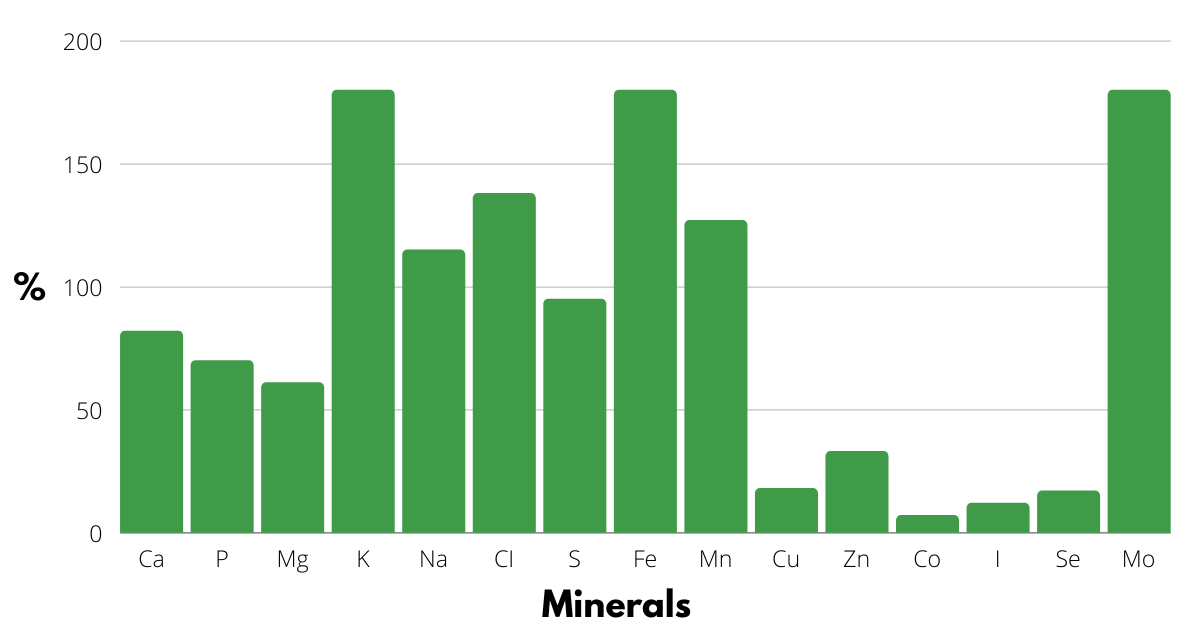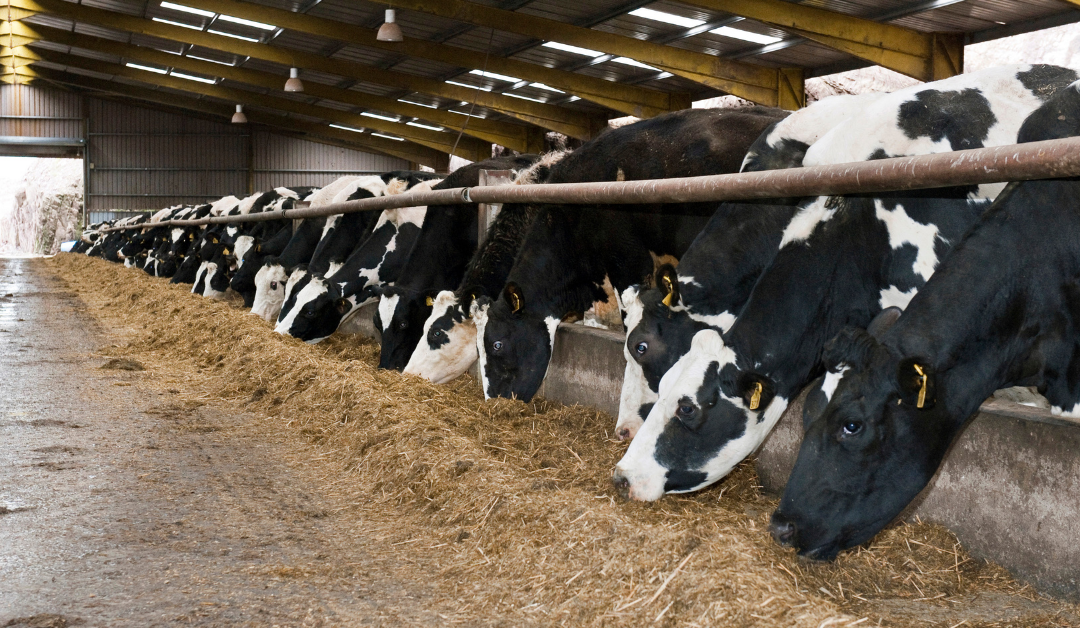In general, we are quite good at focusing on mineral provision for the dry cow. However, thereafter we often discount the mineral requirement of the lactating cow, taking for granted that her mineral requirements are being met by grass/grass silage, plus concentrates.
Grass/grass silage is a suboptimal trace element source for dairy cows, with research highlighting that deficiencies in copper, zinc, selenium and iodine are widespread. A 2013 study on Irish grazing farms indicated that on average, grass supplied only 85%, 73%, 52%, 50% and 38% of lactating cow requirements for, phosphorous, copper, iodine, zinc, and selenium respectively.
With these elements being strongly linked to fertility performance, the correct provision of major minerals and trace elements in early lactation is vital, especially where a deficiency is highlighted on farm.
Mineral interactions within grass silage can also result in induced or secondary deficiency e.g., high molybdenum and sulphur cause copper deficiency.
Dietary deficiencies of copper, selenium & iodine are linked to:
- Poor fertility
- Cystic ovaries
- Anoestrous
- Irregular or suppressed oestrus
- Early embryonic death
Grass/grass silage as a mineral source for dairy cows (100% = daily requirement)

Phosphorus deficiencies on farm
Over the past number of years, a greater incidence of phosphorus (P) deficiency has been highlighted on grass-based farms prior to and during the breeding season. Clinical signs manifest as PICA, or cows eating foreign objects e.g., stones, wire, licking concrete and/or licking urine. This often coincides with a cold snap or soil moisture deficits leading to poor P uptake by the plant. P has strong links to fertility and activity levels both of which are critical to a successful breeding season.
Post-calving mineral provision – what is it worth?
One of the key performance indicators for dairy herd performance and a major determining factor for farm profitability is a compact calving pattern. For a 100-cow herd, Teagasc equates that moving
from a six-week calving rate of 60% to 90% is worth over €24,000 per year. The additional cost of missed heats is also a huge factor on Irish farms (€250 cost/missed heat).
Key points to remember
Does the inclusion level of the mineral in a concentrate match the concentrate feeding level? If the concentrate is formulated at 7 kg but your only feeding 4 kg of a concentrate the dairy cow will only be getting 57% of the mineral levels available via the concentrate.
The mineral form is also important. Assess what mineral levels and mineral type is included in your concentrate – protected elements such as chelated copper, zinc and organic selenium are more available to the cow and are essential when antagonists are present.
Post-calving mineral status of the herd is also a high priority where alternative feed ingredients are being used, such as feeding maize silage or fodder beet – both of which contain a very low level of key elements.
More Information
For more information on the post-calving cow, contact your local Agritech Sales Advisor.


